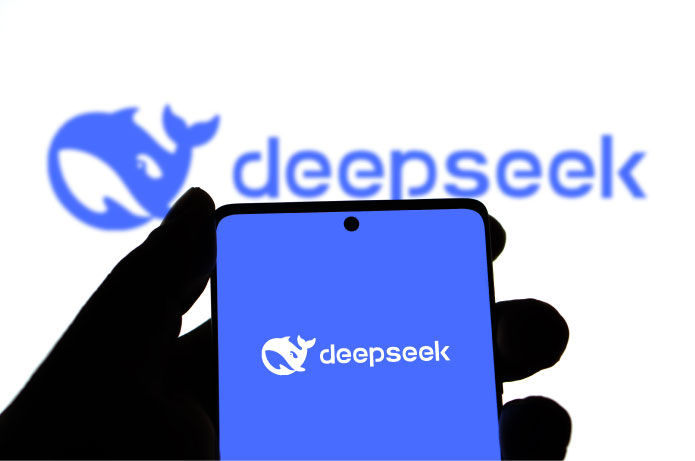The truck fleet in Brazil is aging and faces significant challenges for renovation. In 2023, the average age of trucks in the country was 12.2 years, according to data from the National Union of the Automotive Vehicle Components Industry (Sindipieces). The problem is aggravated among autonomous truck drivers, whose fleet has an average age of 22.3 years, while in transportation companies the average is 10.8 years.
“A reality compromises road safety, logistics efficiency and contributes to the increase of pollutant emissions.And it also harms the segment industries, such as the one of road implements”, said Osmar Oliveira, CEO and founder of 4TRUCK, a leader in the segment of road implements for light line.
Currently, approximately 2.2 million trucks circulate in Brazil, according to the National Transport Confederation (CNT), with an average age of 15 years. This aging directly impacts the competitiveness of the sector, increasing operational costs with maintenance and fuel consumption, in addition to reducing road safety.
For the founder of 4TRUCK, the renewal of the truck fleet in Brazil requires the implementation of public policies that facilitate access to credit and encourage the modernization of road transport.
“The adoption of measures that promote the acquisition of new trucks could reduce operating costs, increase road safety and reduce the emission of pollutants, contributing to a more efficient and sustainable transport sector” Oliveira, who is a civil engineer and has been working for more than 20 years in the supply and logistics sectors, says that the lack of credit lines has grown the truck rental market, but still does not solve the issue of fleet aging.
Difficulties in accessing credit lines
The renewal of the fleet is hampered by the difficulty of access to financing. Although there are options such as BNDES Finem, which offers interest rates from 1.5% per year for companies, the minimum amount of financing is R$ 40 million, making it impossible to join small carriers. Credit conditions vary according to the financial institution and the customer profile, making financing inaccessible to many autonomous truck drivers.
In addition to credit difficulties, high interest rates in the market discourage the purchase of new trucks. The high cost of financing makes many carriers choose to maintain old vehicles, further aggravating the problem of the aging fleet. Experts argue that government measures, such as programs to encourage the renewal of the fleet with reduced rates, would be essential to boost the sector.
Finally, the new Selic rate, scheduled to take effect on March 19, promises to mess with the pocket of Brazilians. This is because the increase in the rate, despite reducing inflation and improving fixed income investments, makes credit more expensive and can slow the economy, impacting jobs and consumption.
Loans, financing and installments are more expensive, as banks increase interest to offset the higher cost of money.
Production and sales of trucks in Brazil
Despite the challenges, the truck market showed growth in 2024, with the production of 141.3 thousand units, an increase of 40.5% compared to 2023. For 2025, the National Association of Automotive Vehicle Manufacturers (Anfavea) projects a stable production, estimating 169.4 thousand commercial vehicles, including trucks and buses.
With regard to sales, in 2024 122,099 trucks were registered, a growth of 17.4% compared to the previous year.For 2025, the National Federation of Automotive Vehicle Distribution (Fenabrave) projects an increase of 4.5%, totaling about 127,593 units sold.
Whoever buys a new truck is in a hurry to make the purchase if it reverts in gains. Therefore, 4TRUCK will deliver dry cargo chests in just five days this year.
“A initiative comes at a great time. With the market very competitive and with high rates and interest, we want the autonomous driver or even transport companies to have their trucks ready as soon as possible so that business does not stop”, says Osmar Oliveira, 4TRUCK.











